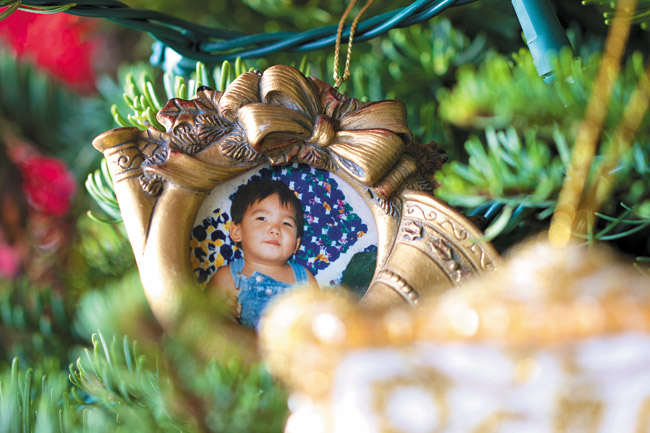Trees, Winter Solstice And Christmas
A lot of people I know have artificial Christmas trees this year. I used to scoff at the idea of it – so fake, so plastic! And worst of all, no Christmas smell!
Lately I’ve been reconsidering. After all, what’s so natural about shipping little pine trees all over the country, piling them with fake snow and plunking on baubles – the more glittery and gaudy, the better?
The tradition first took root way before the advent of Christianity. Trees and plants that stayed green all year had special meaning to people surviving in the freezing cold of winter. According to historians, they’d bring in boughs of evergreens and hang them on doors and windows.
History.com notes: “In the Northern Hemisphere, the shortest day and longest night of the year falls on Dec. 21 or Dec. 22 and is called the winter solstice. Many ancient people believed that the sun was a god and that winter came every year because the sun god had become sick and weak. They celebrated the solstice because it meant that at last the sun god would begin to get well. Evergreen boughs reminded them of all the green plants that would grow again when the sun god was strong and summer would return.”
As for the tree itself? I love this entry on the National Christmas Tree Association website: “1510 – The first written record of a decorated Christmas Tree comes from Riga, Latvia. Men of the local merchants’ guild decorated a tree with artificial roses, danced around it in the marketplace and then set fire to it.”
The rose is a symbol for the Virgin Mary. Dancing around it seems appropriate.
Devout German Christians apparently started the practice of bringing trees into their homes and decorating them. In the 1700s, Germans and Austrians hung evergreen tips upside down from the ceiling and trimmed them with apples and nuts. Edible ornaments were so popular the trees were called “sugartrees.”
The first accounts of lighted candles on trees came from France in the 1800s.
German settlers brought the tradition of Christmas trees to the U.S. Germans also were the first to introduce glass ornaments.
And then, around 1883, Sears, Roebuck and Company began offering the very first artificial trees – 33 limbs for 50 cents and 55 limbs for a buck. What a deal!
We stuck with the real tree this year. Despite huge improvements in the artificial ones, I’m not quite ready to go that route.
But I no longer scoff. I’ve evolved. After all, the tree is just an object. It’s the meaning you invest in it that’s important.
I look forward every Christmas to pulling precious objects out of closets and drawers and spending hours gussying up house and tree. I love it. It’s like therapy and a trip down memory lane all rolled into one.
What I love most is rediscovering the stuff we’ve accumulated over the years. They’re reminders of all of the important events in our lives. They’re our history in living color and prominently displayed for all to see.
Most families I know use the holidays as an excuse to haul out all the Christmas pictures of their kids. Here’s the baby all dressed up in a tiny red onesie. Here she is crying adorably on Santa’s lap. And look, here he is, on the cusp of growing up, grinning brattily at the camera.
Before you know it, they’re gone.
Some people say Christmas is for kids; they no longer bother with the trappings because theirs are all grown.
I “do” Christmas because every memory is precious to me. I think of the holiday as a way for families to reconnect. In a world that is too often unsettling and scary and full of conflict, Christmas can give us back a bit of innocent joy.
So it really doesn’t matter if the tree is artificial or “real.” What matters is what it represents – our hearts, our families, our homes.
Happy Winter Solstice. Happy Holidays.
And Merry Christmas.
jmoonjones@aol.com
Twitter: @JadeMoon1






